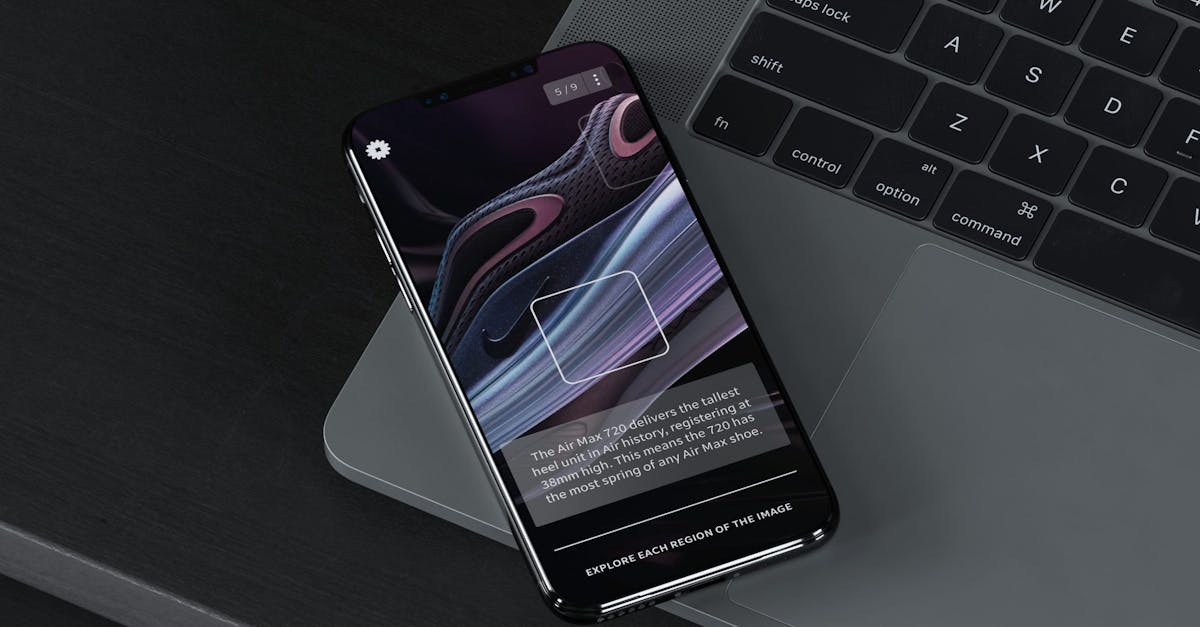Instructional Design Tips

Microlearning, a subset of eLearning, has become an increasingly popular learning strategy to boost the knowledge and skills of employees. As the name implies, microlearning breaks complicated information down into bite-sized chunks. These ‘chunks’ are highly-targeted lessons that are easier to digest and therefore, easier to retain and remember later. According to Reportlinker, an award-winning market research solution, in 2019 the global microlearning market was worth 1.5 billion USD. That number is expected to nearly double to 2.7 billion USD by 2024.
The popularity and efficacity of Microlearning in undisputed. In the United States, 77 per cent of companies have already used online learning training to train their workforce. Incorporating microlearning into a course can sometimes result in completion rates soaring from 15 per cent all the way up to 90 per cent. But what makes a good microlearning course? Here are some practical instructional design principles and tips to help you plan the most effective course possible.
1. Be specific
The strength of the microlearning platform lies with its method: taking big-picture theories and subjects, then breaking them into bite-sized chunks for ease of comprehension. Early experiments in microlearning saw increased knowledge retention, more engagement and better learning experience than traditional desktop-based eLearning and transmissive learning. But beware: Not everything is designed to be taught using the microlearning method. Before you start course development, ask yourself if it can be broken down into small enough pieces.
Once that’s done, then you can proceed to the next step: being specific. It’s best to identify one single learning objective at a time and build a microlearning module around it. By focusing on fewer topics, what you’ve learned has a greater likelihood of being retained and stored in the brain’s long-term memory.
For an instructional designer, it can be tempting to try and cram as much information into a corporate elearning module as possible, but it’s important to resist the temptation. Cut the fat of what needs to be known so that your audience is retaining only the information that is important for them to know. The more specific you are in designing your course, the more likely it is that participants will remember what they learned.
2. Ensure the design is mobile-friendly
The effectiveness of microlearning can greatly be attributed to the exponential rise of handheld devices. It’s much easier to remember to do a few quick modules if your learning materials are in your pocket. Microlearning is especially useful for helping to train ‘deskless’ employees who do not spend most of their days in front of the computer or at a desk, such as those employed in the retail or financial sectors.

In these cases, training apps or instructional technologies on a mobile phone is the only way to reach them. So if a microlearning platform is not optimized for mobile use, or the content doesn’t translate well on the small screen, there is likely to have a negative effect on completion rates. Considering a good instructional systems design, microlearning makes training fast and easy when users have a few minutes to spare. If the experience isn’t streamlined, then people will not engage.
3. Allow for customization
Learning and development is not a one-size-fits-all activity. And neither is designing microlearning platforms. Sometimes, generic things can be applied successfully to large portions of the population, but microlearning is one of these exceptions where the more detail-oriented you go, the higher the return. A platform that works well for Pandora will probably not be as effective for Sodexo or Honda, and vice-versa. And even within an employee group, learning should be adapted to the specific needs of individual users. This can be done by adapting the content based on how employees answer specific questions and ensures that employees learn what is most important to them while maximizing the time they spend on their platform.
4. Make it fun
Nobody likes to feel as if they are being tested or forced to learn something. So make the learning environment fun! By incorporating elements of gamification into your microlearning platform, you’ll engage your audience through play and increase the likelihood of them continuing to participate, while also encouraging engagement and positive feelings towards the platform and the experience.
Gamifying your microlearning platform doesn’t need to be difficult, either. By adding badges that can be earned through completing different modules or accumulating points that can then be spent for in-app purchases, you can give your participants a sense of accomplishment and keep them interested in wanting to participate.
5. Lean on the power of infographics
Reading a wall of text is long and isn’t an effective means of retaining information. According to the Social Science Research Network, over 65 per cent of people are visual learners. Instead of using dense paragraphs to explain a concept, try relying instead on information-packed infographics, which is an effective way of portraying data that can otherwise be confusing or meaningless.
Humans are visual creatures. By incorporating stats, graphs and other visually appealing designs, not only are you more likely to grab and keep your participant’s attention, but they are also more likely to remember the information. And, if you can tell a story through that data, or use real-world examples that are relevant to the learner, you’re increasing the positive learning effect multiple times over.
6. Be engaging
People are more likely to retain information that they learned if they are engaged with the content. There are multiple ways to do this, firstly by ensuring that the material is relevant to the audience, therefore ensuring they have at least a modicum of interest in wanting to find out more.
But the second way of engaging audiences is perhaps the more effective one, and this is by integrating other elements that we’ve already examined, such as incorporating aspects of gamification, graphic designs and ensuring it is mobile-friendly. All these elements help in keeping your participants engaged in the content and therefore more likely to continue to participate.
Are you interested in learning more about microlearning and its benefits? Visit EdApp Learning Management System (LMS) today to see how this educational technology can help. EdApp’s multi-award-winning mobile app is the new standard in eLearning and offers support for microlearning, mobile learning, spaced repetition and gamification.
You might also be interested in examples of instructional strategies, learning design approach or the addie model.
Author
